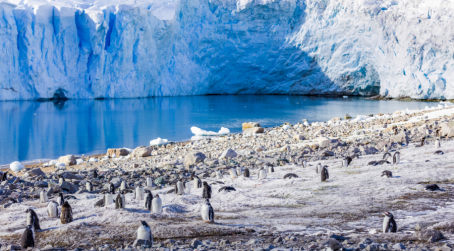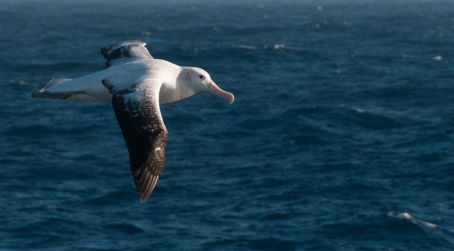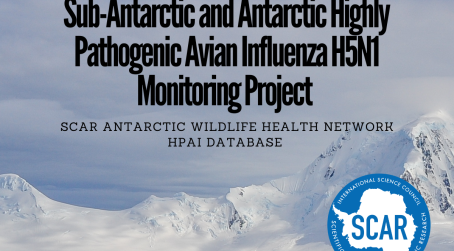The risk of new and emerging infectious diseases impacting Antarctica’s wildlife has significantly increased over the last decade, due to climate change, habitat change, human activity and alterations in species distributions. As seen by the recent highly pathogenicity avian influenza (HPAI) H5N1 outbreaks, SCAR’s ability to provide expert advice and guidance to Antarctic stakeholders via the completion of risk assessments, and information papers, and leadership in this field is of high importance. The aim of this Action group will be to bring together experts in the field of Antarctic Wildlife Disease, to better understand, address and provide expert advice to the Antarctic community on the threat infectious diseases pose to Antarctic Wildlife.





